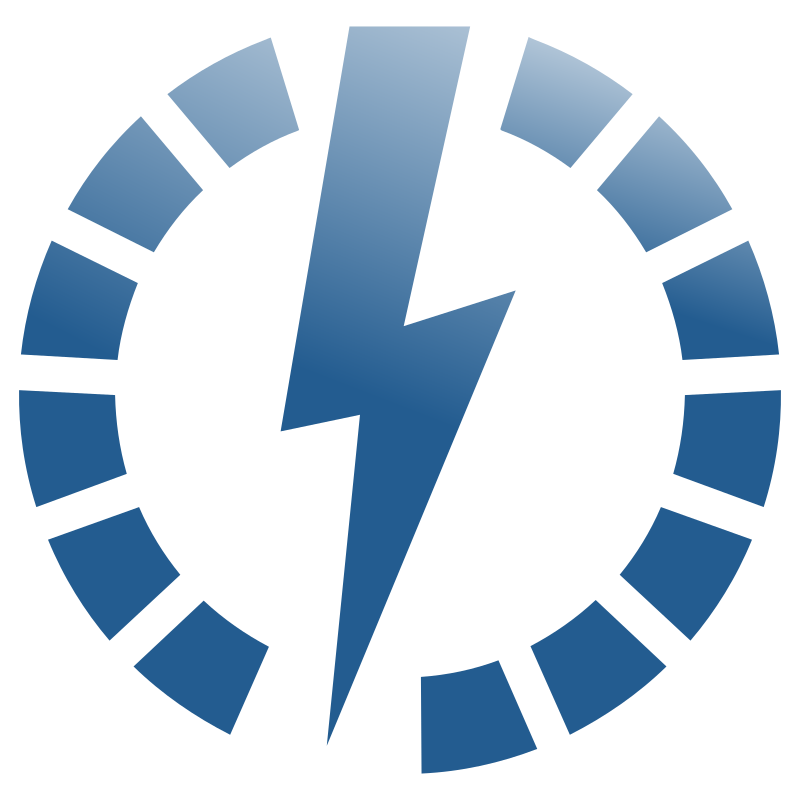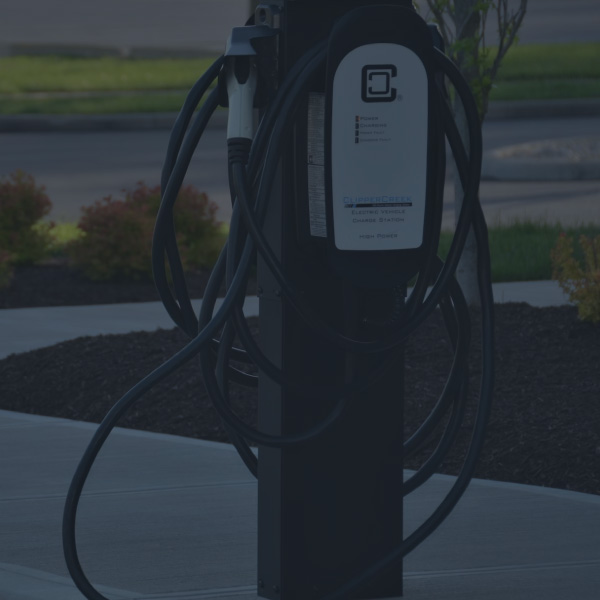CHAPTER 3: HOW TO GET OFF GAS
Wiring and electrical requirements
How to know if you need to upgrade your circuits
Almost every home that wants to go all0-electric will need some adaptations to the existing switchboard or require a larger switchboard to cope with larger power demands. This is because some of the new appliances that are installed will need their own dedicated electrical circuits and circuit breakers located at the switchboard. There is often not enough room in the existing switchboard for these extra circuits.
Most houses in Australia have a single-phase supply that allows them to draw a maximum of 63 amps of current at 230 volts (about 15 kW of power). Some older, inner-city homes that haven’t been subject to significant renovation may have a 32 amp or 40 amp connection. It is also possible to have a single-phase connection with greater than 63 amps. If you multiply the amps by the supply voltage (230V) you get the amount of power your appliances can draw, which is measured in watts (W).
Appliances that may need their own circuits include induction cooktops, reverse-cycle air conditioners, heat pump hot water units, electric vehicle chargers, solar panels and battery systems. In some cases, the switchboard will not have the electrical capacity to handle the additional appliances. This means the supply to the house may need to be upgraded and the rating of the main switch increased. In rare circumstances, if the additional appliances contribute to a large maximum demand, a three-phase electrical upgrade is required. However, the calculations an electrician makes for your maximum demand takes into account that you are very unlikely to turn all of these appliances on at once, so in most cases, an all-electric home can still use a single-phase supply. If you are told you need a three-phase upgrade, another supplier can confirm that this is correct.

What is three-phase electricity?
A three-phase switchboard is a powerful electrical switchboard which is often used in commercial and industrial buildings as it can deliver power to special three-phase appliances that have high power demands. For example, a welder. Three phase power can also be installed at homes or businesses across Australia if more power is required than single phase provides.
Most houses have single-phase power, which is supplied by two wires, known as active and neutral. Three-phase power is supplied by four wires, three active wires and neutral. Because you now have three active wires instead of one you can now supply three times as much power. You can also run higher voltage 415-volt appliances, such as large air conditioning equipment. If you install an electric vehicle charger that is high powered, it is likely to bring about the need for a three-phase supply and switchboard. This is why it is important to choose low powered equipment where it makes sense.
How much extra electricity does induction cooking use at peak moments?
How much electricity an induction cooktop will draw depends on the “connected load” rating of the appliance. This is often shown in the specifications before you even buy the appliance.
This rating tells the electrician the maximum power that the appliance will ever draw. Many induction cooktops are installed with more circuit capacity than is required, sometimes raising the possibility of unnecessary upgrades. AS3000 (the wiring rules) gives electricians a recommended circuit size (in amps) for cooktops of different maximum power. These recommendations take into account that you will almost never use all of your cooktop zones at maximum power and, if you do, it would not be for very long. If you would like more details, an article on this topic was published on One Step Off the Grid.
Are there any tips or other options for households (including to minimise costs or upgrades)?
Selecting appliances that are energy efficient and have lower power demand will help you work with your existing household power system and supply. Extra space can sometimes be created in the existing switchboard by replacing a combination of safety switches and circuit breakers (CB’s) with residual current circuit breakers (RCBO’s). Smaller air conditioners and heat pump hot water heaters do not always require dedicated circuits to your switchboard, reducing costs and space in the switchboard. EV chargers should be as slow as you can realistically manage. Many people successfully charge their EVs using the 10 amp portable charge cord provided with their car and so don’t even need to install a dedicated wallbox.
How much does it cost to upgrade?
The cost of an upgrade will depend on where you are located, what kind of dwelling you are looking to upgrade, where the switches are located and how your existing power system is designed. A single-phase switchboard upgrade costs around $1300 to $1800. A three-phase switchboard upgrade with cost around $1600 to $2400. An upgrade to supply three-phase power to your house could cost a total $4,000 to $5,000 including switchboard and other electrical works.
All homes and premises are different so prices and issues will vary from place to place.
Consult your electrician early when planning your ‘Getting Off Gas’ journey.








